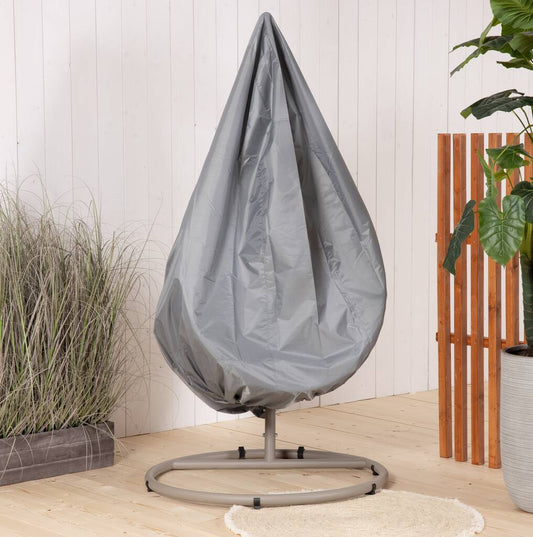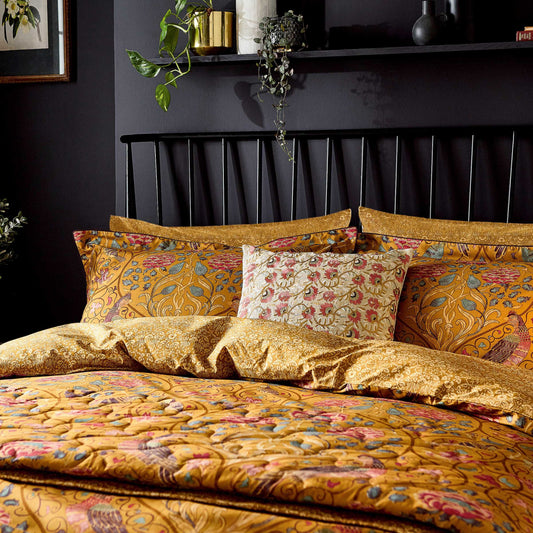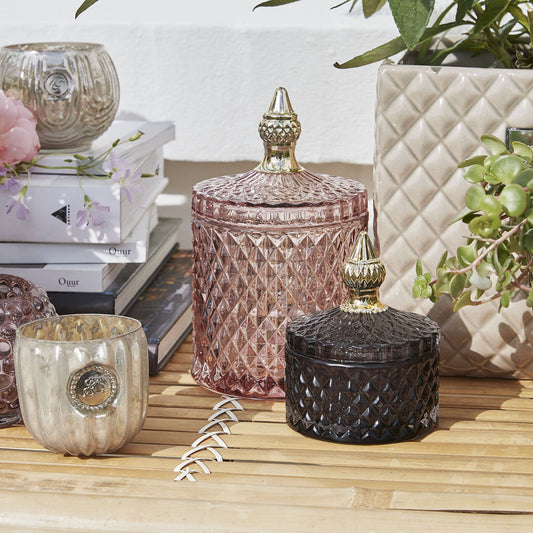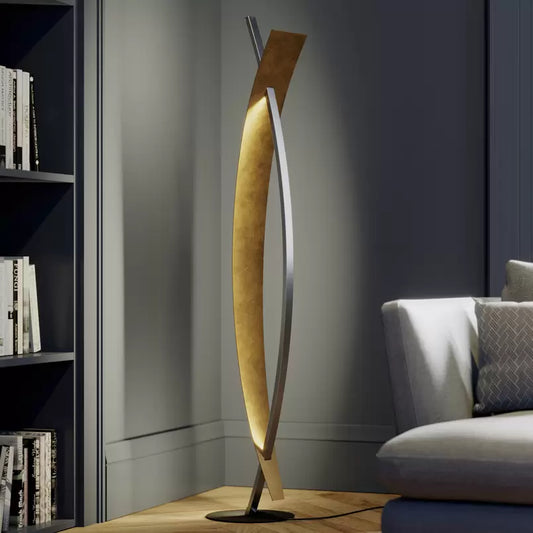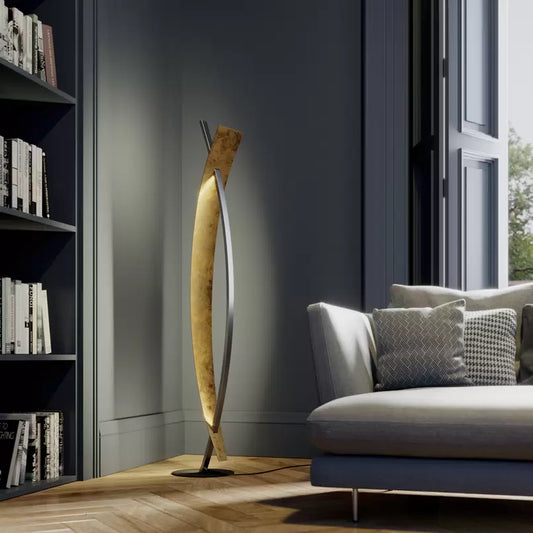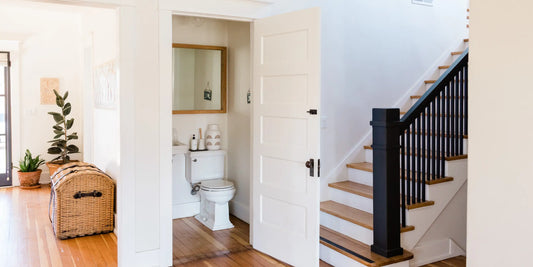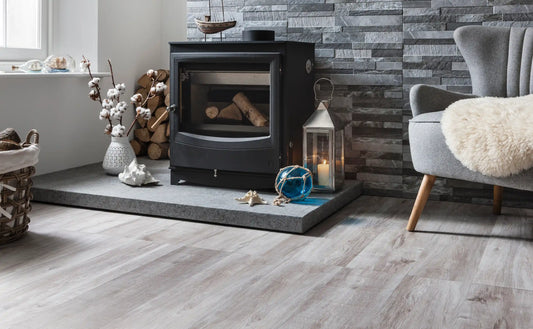Please note: This article may contain affiliate links. All recommendations and styling advice are provided as helpful suggestions only, please always research thoroughly before making any major changes to your home.
Squeaky floorboards can be a real annoyance, making your home sound like it's haunted and giving away your every move to anyone who happens to be nearby. But don't worry - with the right tools and instructions, you can fix them yourself in no time! In this article, we'll provide detailed instructions on how to identify where the noises are coming from and how to address them.
We'll also discuss some tips and tricks for preventing further creaking in the future.
So if you're ready to get rid of those pesky squeaks once and for all, read on!
Identify the Source of the Squeaks
Identifying the source of squeaky floorboards can be a tricky task. Fortunately, there are several methods you can use to pinpoint the exact culprit. One way is to go down to the basement (if you have one) and look for any gaps between joists and subfloors. If there are any, chances are that's where the noise is coming from – and you'll need to secure the connections in order to stop it.
Another way is to walk around the area of the floor that squeaks and mark it with chalk or string. This will help you find the source of creaking when you look at it from below.
Find the Joist
Once you've identified the source of the noise, it's time to find the joist. You can do this by using a stud finder, taking a hammer and tapping the carpet to listen for a difference in sound, or using the tool found in your Squeak No More kit.
How to Use the Squeak No More Kit
Use a Floor Repair Kit
Once you've located the joist, it's time to use a floor repair kit - such as the Squeak No More kit. This is essentially a tripod with a drill and bit that you place over the joist. Then, using your drill, screw in screws at an angle into the joist until they are firmly gripped in place.
Finally, use the screw gripper to hold them in place and ensure that they don't come loose.
Strengthen Warped Joists by Adding Extra Boards
If your joists are warped or weak, you may need to add extra boards to the underside of your floor in order to strengthen them. This is a job best left to a professional carpenter, as it can be tricky to do correctly.
Adding extra boards will help stop further creaking in the future and ensure that your floorboards remain secure for years to come.
Fasten the Underside of the Floorboards
Fastening the underside of floorboards is an integral part of fixing creaky floors, as it prevents chaffing against plywood subfloors. This is a relatively simple task that can be completed with a few tools and some basic instructions.
Lubricate Floors Using Talcum Powder
Lubricating floors using talcum powder or dry silicone treatments is an effective way of addressing hard-to-reach creaking spots. The primary benefit of this approach is that it helps to reduce the friction between the floorboards and the underlying plywood subfloor, helping to prevent further creaking.
In order to properly lubricate your floors, sprinkle a generous amount of talcum powder or silicone treatment onto the underside of each floorboard and then rub it in with a cloth. By doing this, you can help prevent further creaking and ensure that your floors last for years to come.
Hire Your Local Flooring Expert
If DIY solutions don't work, it may be time to call in a professional. A flooring expert will have the necessary tools and experience to properly address your creaking floors and give you long-term peace of mind.
Tips and Tricks
Regular maintenance is key for preventing future creaking in your home. Here are some tips and tricks to keep those pesky noises at bay:
- Vacuum regularly, as this helps to remove dirt and dust that can cause creaking
- Place rugs over wooden floors; this will help muffle any sound made when people walk over them
- Apply lubrication to the underside of floorboards; this will help reduce friction and prevent creaking
- Check for any gaps between joists and subfloors, as these can be a common source of noise
Conclusion
Creaky floors can be annoying and inconvenient, but with the right tools and instructions, you can easily fix them yourself. By following the steps outlined in this article - from identifying where noises are coming from to using a floor repair kit or lubricating your floors – you should have no problem addressing creaking issues around your home. To ensure that future squeaks don’t occur, make sure to practice regular maintenance such as vacuuming regularly and placing rugs over wooden floors.
If DIY solutions aren't successful for more complex cases of creaking, it may be time to call in a professional who has the necessary skills and experience needed to address these types of problems effectively. With just a little bit of effort on your part, you can get rid of those pesky sounds once and for all!
Pin this for later




